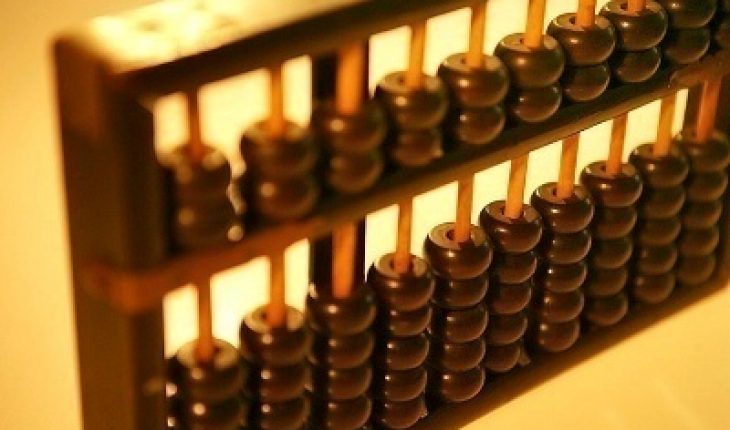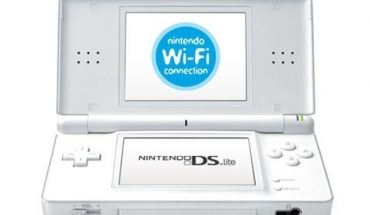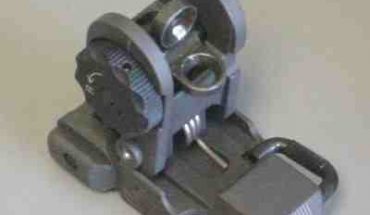The abacus is an ancient calculating tool that was once used worldwide. Times have changed and it has been replaced by calculators and more sophisticated equipment. Other than give you a good memory exercise an abacus is still very fun to use. What you’ll find below are instructions for using an abacus.
Knowing the Parts
The first part of using an abacus is to become familiar with its different parts. You’ll have to understand the structure of the beads in order to count and represent numbers properly and do mathematical functions. There are basically two parts of an abacus that you need to understand. You’ll notice that there are columns of beads. It is further divided into upper columns with only two beads and lower columns with more beads on them.
The beads on the lower part of the abacus have their numbers assigned arbitrarily. You can set one column with the value of one while the next column would be assigned the value of ten. You can even assign a value of 100 to the next.
The upper columns that have only a pair of beads each are assigned values that are five times as much as the beads in the lower columns.
Representing Numbers
To begin using an abacus tilt it downwards making all the beads fall to the base. The side with the columns that contain more beads should be positioned below. To make things easy, assign the rightmost column to represent the ones value. The second one from the right will represent the tens value and so forth.
So, for example, you want to represent the number 37 you would naturally move up two beads from the tens value and seven beads from the ones or units. However, representing the number seven would present a bit of a difficulty since the bottom columns only have five beads on each of them.
This is where the upper column comes into play when using an abacus. Push forward one of the beads in the upper column that is right above the beads representing the units. This would represent the value of five. From this you will now only push forward two more beads from the bottom units column representing a value of two. Add the five and the two and you will now have a value of seven.
Adding and Subtracting
If you would add a number to the one you have already represented on the abacus just follow the same procedure above and push forward the amount of beads needed. To subtract, just do the opposite, instead of pushing forward any beads just pull them back to their original positions. After adding and subtracting values all you now have to do is to count the total represented on the abacus.
You will have to practice using an abacus before you become proficient with it. Aside from being a fun tool to use, using an abacus will give you exercises in analysis and memorization.





